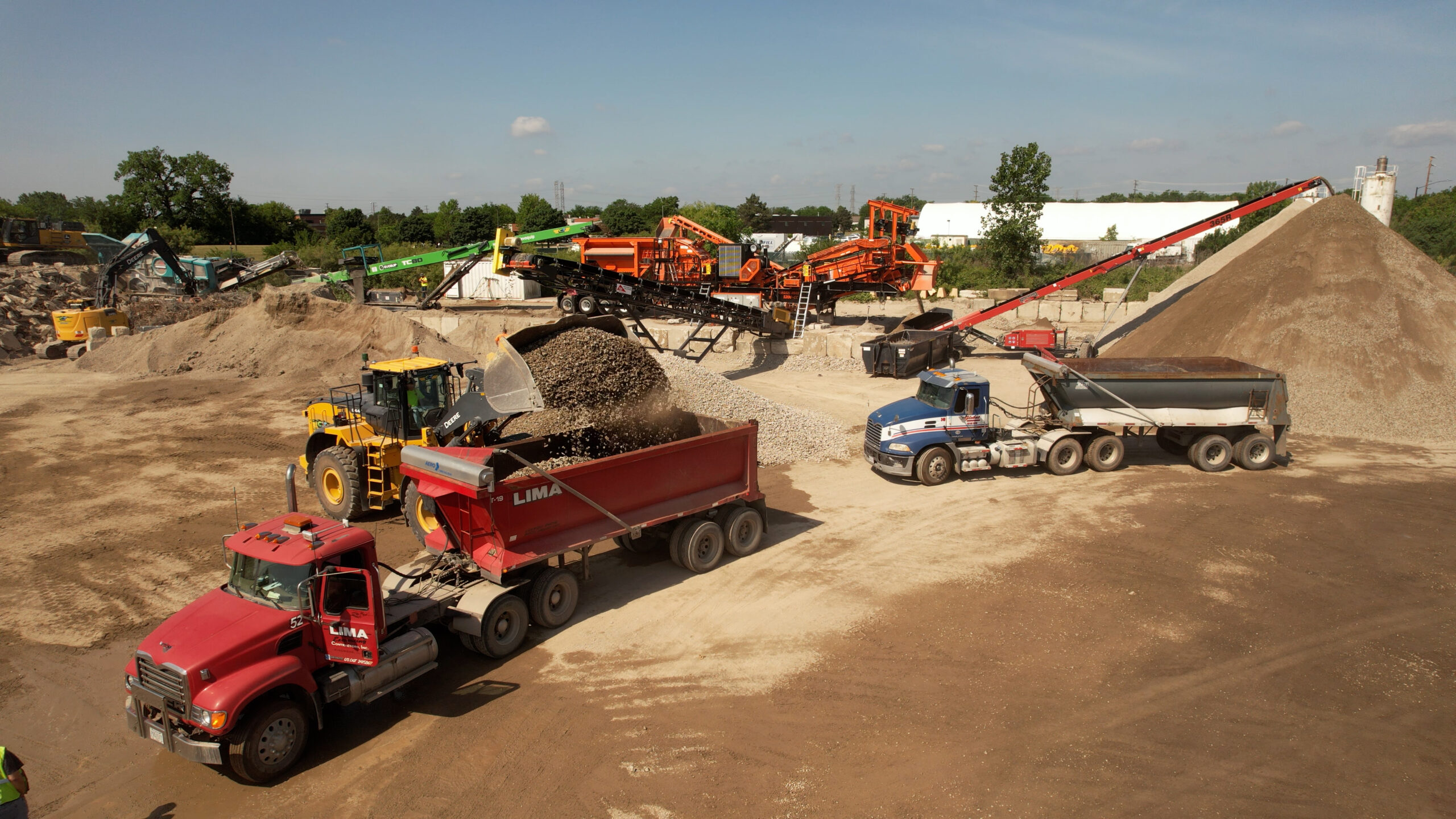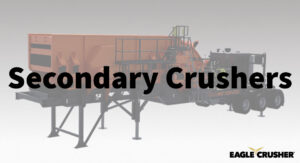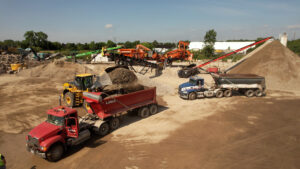Blog
Do You Need a Secondary Crusher?

Do You Need a Secondary Crusher?
When designing or upgrading a rock crushing system, one of the most important decisions you’ll face is whether or not to include a secondary crusher. While primary crushers take on the brunt of raw material size reduction, secondary crushers play a critical role in refining material to meet specific size and quality requirements. But not every operation needs one. The decision depends on a variety of operational, financial, and material-based factors.
What Is a Secondary Crusher?
A secondary crusher takes material that has already been processed by a primary crusher and further reduces it to a more manageable or precise size. Common types include cone crushers and horizontal impact crushers. These machines are often necessary for producing spec material—especially for aggregates used in road building, concrete, and asphalt.
Key Questions to Ask When Deciding
To determine if a secondary crusher is right for your operation, start by answering these essential questions:
What end product size or shape are you targeting?
If your final products needs to meet specific sizing standards that your primary crusher can’t achieve alone, a secondary crusher becomes essential.
Is your primary crusher producing oversized material?
If you’re seeing a lot of oversized or out-of-spec material exiting your primary crusher, you may need a secondary stage to fine-tune the output and minimize waste or reprocessing.
What is the hardness and abrasiveness of your material?
Harder or more abrasive materials may require staged crushing to avoid excessive wear on your primary crusher. Spreading the workload across multiple machines can extend equipment life and reduce operating costs.
What’s your mobility and space situation?
In mobile operations or confined job sites, adding a secondary crusher might not be practical. But in fixed plants or scalable operations, it may be the best path to increase capacity and meet spec.
Are you producing multiple products?
If your operation requires multiple product sizes or types (e.g., base material and clean stone), a secondary crusher can allow for better control and product separation.
Pros and Cons of Adding a Secondary Crusher
Pros
* Improved product sizing
* Higher efficiency and throughput
* Less wear on primary crusher
* Greater flexibility in production
Cons
* Higher upfront and maintenance costs
* Additional energy consumption
* Space and transport considerations
* More complexity in plant design
Determining What’s Right for You
Adding a secondary crusher is not a one-size-fits-all decision. It requires a thorough evaluation of your material characteristics, production goals, and site logistics. However, for many crushing operations, a secondary stage can mean the difference between barely meeting specs and consistently delivering high-quality, profitable material.
Need help evaluating your setup? Reach out to Eagle Crusher’s network of authorized dealers, service team, or a Team Eagle representative to walk you through the numbers and help you determine if a secondary crusher is the right move for your operation.



